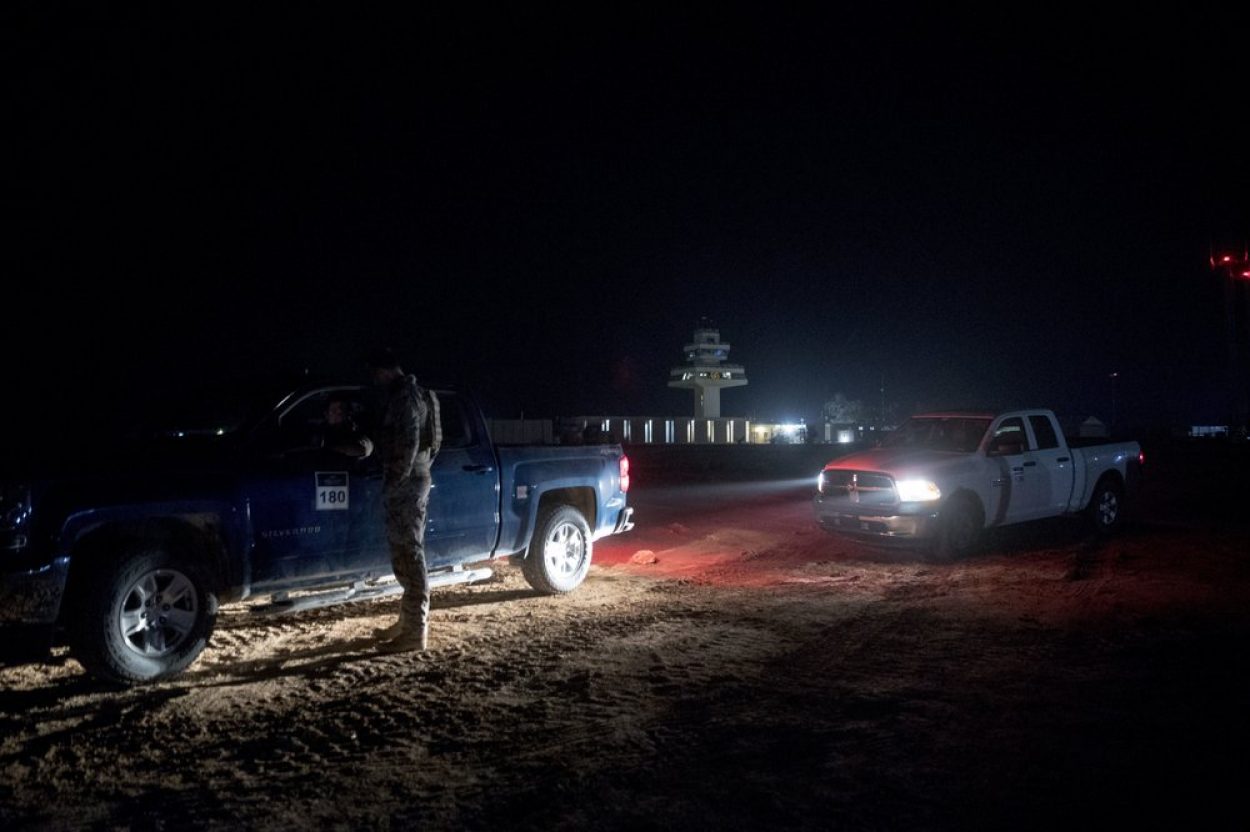
BELGRADE, Serbia — The Russian military has airlifted its state-of-the-art air defense systems to Serbia for joint air defense drills, the first-ever such deployment, the Russian Defense Ministry said Thursday.
The ministry said that the long-range S-400 and the short-range Pantsyr-S systems are taking part in the Slavic Shield-2019 exercise that envisages joint action by the Russian and Serbian militaries to fend off an air attack. The first part of the war games was held at a firing range in southern Russia in September.
Serbian President Aleksandar Vucic said Thursday that the S-400 system will be returned to Russia after the exercise, while “Pantsyr we have ordered.”
Russia has been helping Serbia beef up its military, raising concerns in the war-scarred Balkan region. During the bloody breakup of the former Yugoslavia in the 1990s, Serbia was at war with neighbors Croatia, Bosnia and Kosovo.
Serbia, the only remaining Russian ally in the region despite its proclaimed goal of joining the European Union, has already received six MiG-29 fighter jets from Russia and expects the delivery of additional attack and transport helicopters and battle tanks by the end of this year.
Belgrade has pledged to stay out of NATO and refused to join Western sanctions against Russia over Ukraine.
Serbian military analyst Aleksandar Radic said that by deploying S-400 system to Serbia, Moscow is sending a political message to the West and NATO.
“Russia wants to underline its presence in the region and is saying it will defend its European stronghold,” Radic said. “Serbia is at NATO’s back and that is very important to Moscow.”
In order to reach Serbia, the Russian missiles had to be flown over airspace of neighboring NATO-member countries, which will likely raise questions from the Western alliance.
This summer, NATO-member Romania banned the river transport of Russian armored vehicles to Serbia. Russia then flew them over NATO member Hungary by declaring the flight civilian transport. This time, it is believed Russian transport planes flew over NATO member Bulgaria.
The sale of S-400 to NATO-member Turkey triggered controversy earlier this year. In response, Washington kicked Turkey out of the F-35 stealth fighter project, saying the S-400 could be used by Russia to collect information on how to defeat the jet.
AP
Oct 24, 2019
Categories: World News




